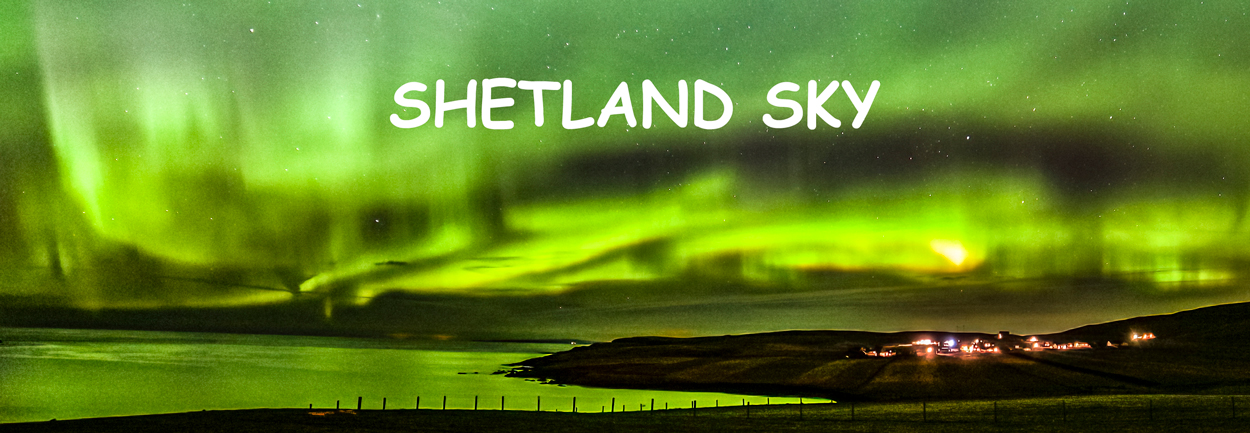Everyone seems to be hung up with megapixels these days. I even talked to someone the other day who thought his 12 Million pixel phone camera was better than a 10 million DSLR. They fail to take into account that it is the sensor size that influences the size of the pixel. The larger the surface area the larger the pixel is, so the phone sensor is very small, hence very small pixels which produce a lot of noise, not really noticeable until you look away from the screen and start to try and enlarge.
Everything is getting better but you also have to look at the processor as well, if the camera can take great photos then the processor is needed to get the information out of the image, which only the high ended DSLR cameras have.
So when I heard that a 1 Billion pixel camera was to be launched then it raised a few eyebrows. Reading further it was clear that this was special, very special if fact out of this world. Yes it was the new and largest camera to be launched into space. If fact this will take place next month.
To get to the 1 billion pixels, it is in fact 106 CCD cameras linked together, with a sensor size of 0.38 square metres, the largest imaging system deployed into space. Its lenses are in fact two telescopes and these will be all located on the `Gaia' . The European Space Agency's Gaia mission will be the most sensitive astronomy mission ever.
The plan is to study the structure and dynamics of our Milky Way. It will map the Milky Way in 3D, observing around a billion stars, which may sound alot but in fact this is only just over 1 % of the stars found in the Milky Way.
So the image size will be enormous, and to cope with the data an extensive pipeline of information will be analysed by centres in Cambridge, Germany, Spain, France and Switzerland. A bit bigger than my hard-drive !!!!!!!!




No comments:
Post a Comment